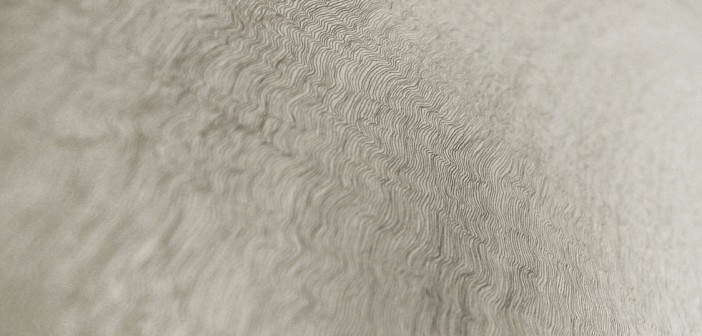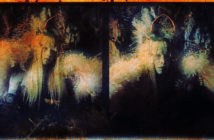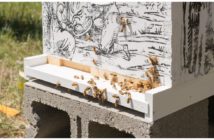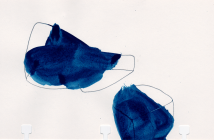"To work with a plan that is preset is one way of avoiding subjectivity. It also obviates the necessity of designing each work in turn. The plan would design the work."
- Paragraphs on Conceptual Art, by Sol Lewitt
Much of my work is based on rules. One of the first questions people ask me is often if I ever break my rules.
The answer to this question is no- at least, not on purpose. The rules I create tend to break themselves, which, to me, is always more interesting.
Because I think about rule-making so much, it seemed like a natural extension to think about rule-following; specifically, rule-following in the art world. As I prepare for my transition into grad school across the country, I have found myself dissecting every aspect of my art practice, perhaps as a means to try and prepare for the intensity of my new environment. I have begun to notice that I am following some very specific rules.

Image: Sol LeWitt, wall drawing, in May 2012 during the Wall Drawings from 1968 to 2007 Sol LeWitt restrospective exhibition at the Centre Pompidou-Metz, Metz, France.
John Seed, a professor of art and art history at Mt. San Jacinto College, wrote a great Huffington Post article about rules in the art world. "Each generation of artists, professors and students seems to develop its own set of rigid rules and values," he writes. He gives several examples of these rules from his own experience, noting that as time passes and trends change, different ways of art-making are considered superior to others.
We want to believe the art world is the one place where we are free from the constraints of our culture. Instead, the art world has rules as specific, unusual, and reflective of those in control as any other institution.
I’d like to treat one of my last posts with Big Red & Shiny a little differently than my other posts, in which I documented items from my studio and wrote about my relationship to them. Instead, I’d like to concentrate on this idea of art-world-rules, and list some of the ones I have absorbed as an artist (a young, female, contemporary artist, educated in Boston, working in 2013).
1. Over time, your work should grow and change, but not too much (it shouldn’t look like two different artist are working in the same studio if it is just you).
2. Don’t make something just because it will sell. Some may say, avoid making things that are "commercial."
3. Paintings sell for more than drawings.
4. You can reference craft, but don’t make crafts.
5. You can reference decoration, but don’t make "decorative" work.
6. You can reference art history, but don’t repeat art history.
7. Be careful of narrative, or, don’t make work that is "illustrative."
8. If you want to be famous/successful/a professor, you need to go to Yale.
9. Bigger is better.
10. Art should be your profession, not your hobby, and you can’t have more than one profession. So don’t go to law school and make art during your free time. Instead, work at a bar and make art during your free time.
An artist mentor of mine recently told me that she used to make all of her decisions "by the book" but has recently realized that " ‘the book’ is corrupt."
This week, I will begin my MFA program in San Francisco. I will have new rules to learn; a new version of "by the book" to follow.
For the first time, I’ll try to take each and every one of these rules with a grain of salt.




